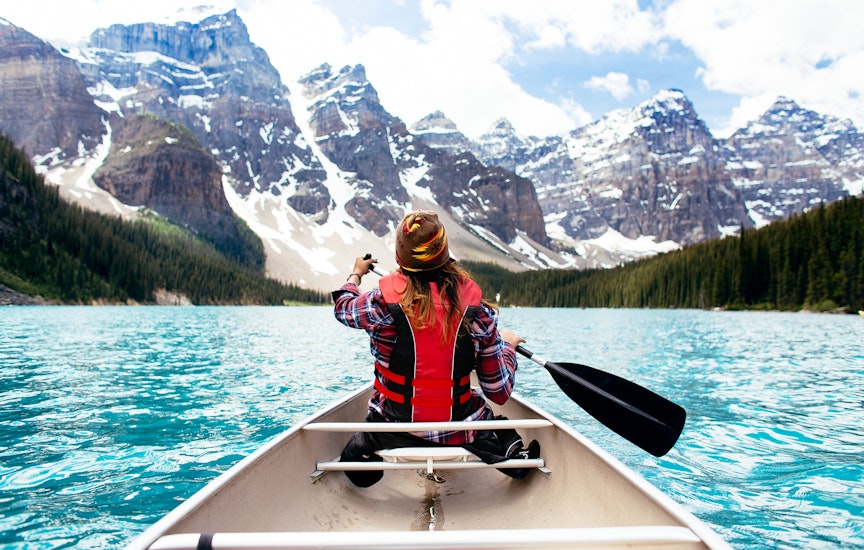What you need to know about Canada's "suitable quarantine plan" requirement

Jul 22, 2021 • 3 min read

The Canadian government requires all visitors to Canada to have a suitable quarantine plan in place before traveling there ©Getty Images
Now that border restrictions are set to ease in Canada for fully vaccinated tourists, you may have your sights set on traveling there. Before you head off though, the Canadian government wants you to ensure that you have a suitable quarantine plan in place, even though mandatory hotel quarantine is set to be scrapped for vaccinated visitors.
When traveling to Canada, not only are you required to be fully vaccinated and to present a negative result from an approved COVID-19 test before boarding your flight, you also need to have a suitable quarantine plan in place. That extra item on your pre-travel checklist is a back-up plan of sorts in case you contract COVID-19 while you're in Canada.
Read more: Canada will welcome fully vaccinated US tourists in August

According to the Canadian government, for your quarantine plan to be considered suitable, it must meet the following criteria: "it must be a location where you can stay for 14 days or longer, and have access to the necessities of life including food, water, medication and heat without leaving your place of quarantine."
While you don't need to present proof of a quarantine plan at the border, you will be asked questions to determine whether the plan you have in place is suitable. So think about what you'll need before traveling.
Your place of quarantine doesn't necessarily need to be a hotel or guest house. If you're staying with family and friends and there is a room available where you can self-isolate for 14 days, that could work. Or, if you intend to stay in paid accommodation on your travels, it might be a good idea to save some extra money aside in your budget to cover any quarantine expenses should you need to stay on in Canada for an additional 14 days if you develop COVID-19 symptoms or receive a positive COVID-19 test on your travels.
If you're currently taking medication, it's a good idea to pack extra - just in case. It also wouldn't hurt to pack extra underwear and anything else you might need, or consider essential, if you end up having to spend more time in Canada than anticipated.
"A suitable quarantine plan helps to reduce the spread of COVID-19 in our country, our communities, and our families," officials said.
Read more: Do I need a visa to visit Canada?
Canada will open its borders to fully vaccinated visitors from the US on August 9. They'll need to show proof of vaccination status, with their last dose taken at least two weeks before their arrival in Canada, as well as a negative COVID-19 test result. Visitors must scan a photo of their vaccine and testing documentation or manually enter the details into the ArriveCAN app within three days of departure to Canada. Those who don't have a smartphone can enter the information on the ArriveCAN website.
Once the information is uploaded, the traveler will receive a QR code that must be shown at the Canadian border. If using the website, it's a good idea to print the information or take a screen shot of it to show at the border.
If all goes well and coronavirus case numbers continue to stay low, Canada intents to open its borders to fully vaccinated visitors from the rest of the world on September 7.
You might also like:
When to visit Canada
How to get around in Canada
15 best places to visit in Canada






